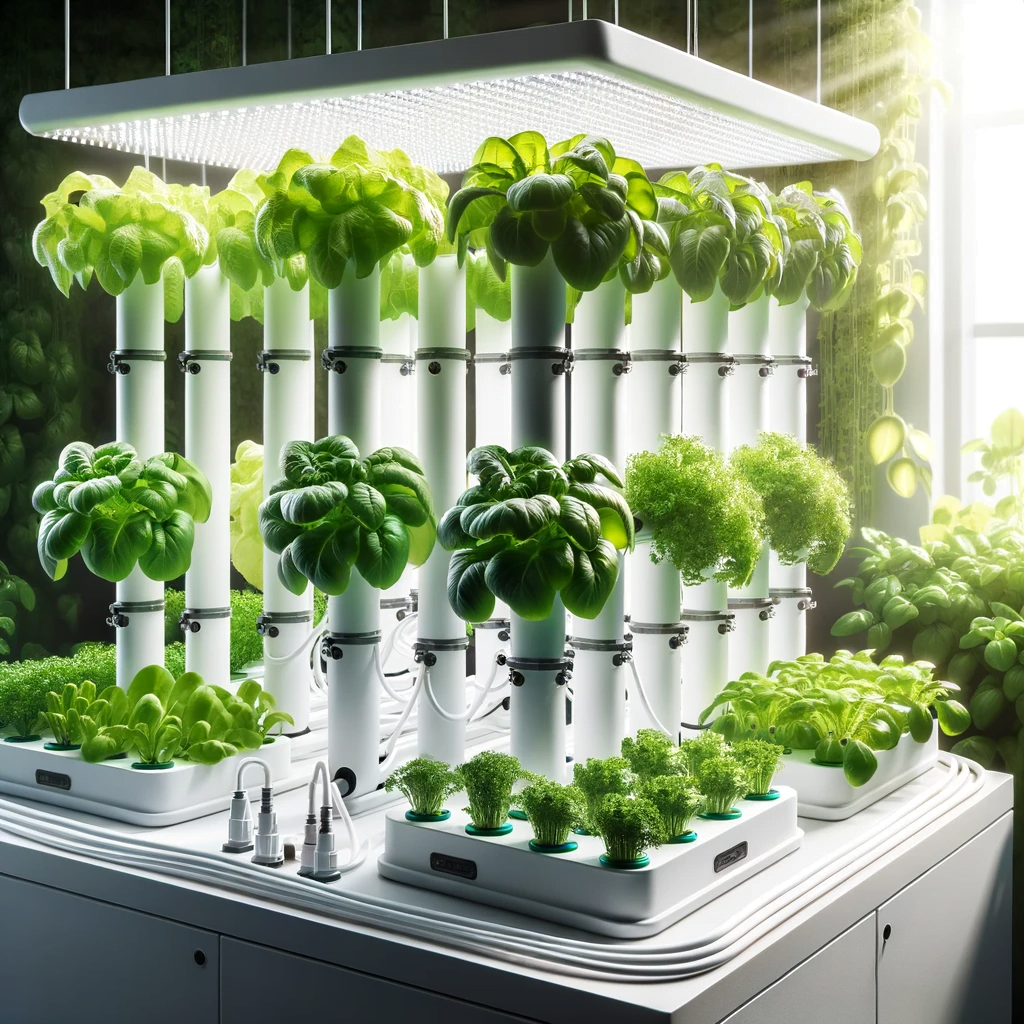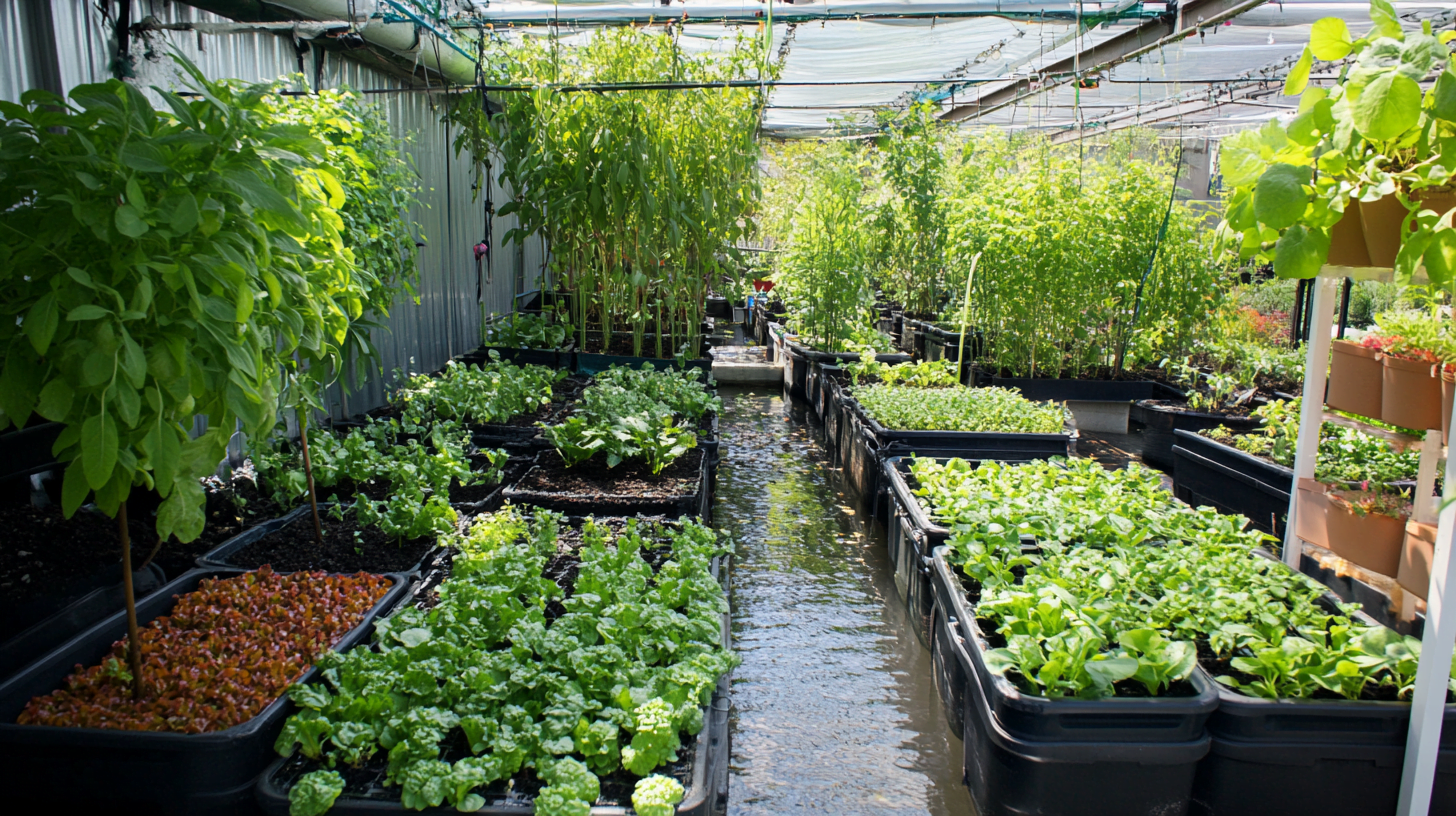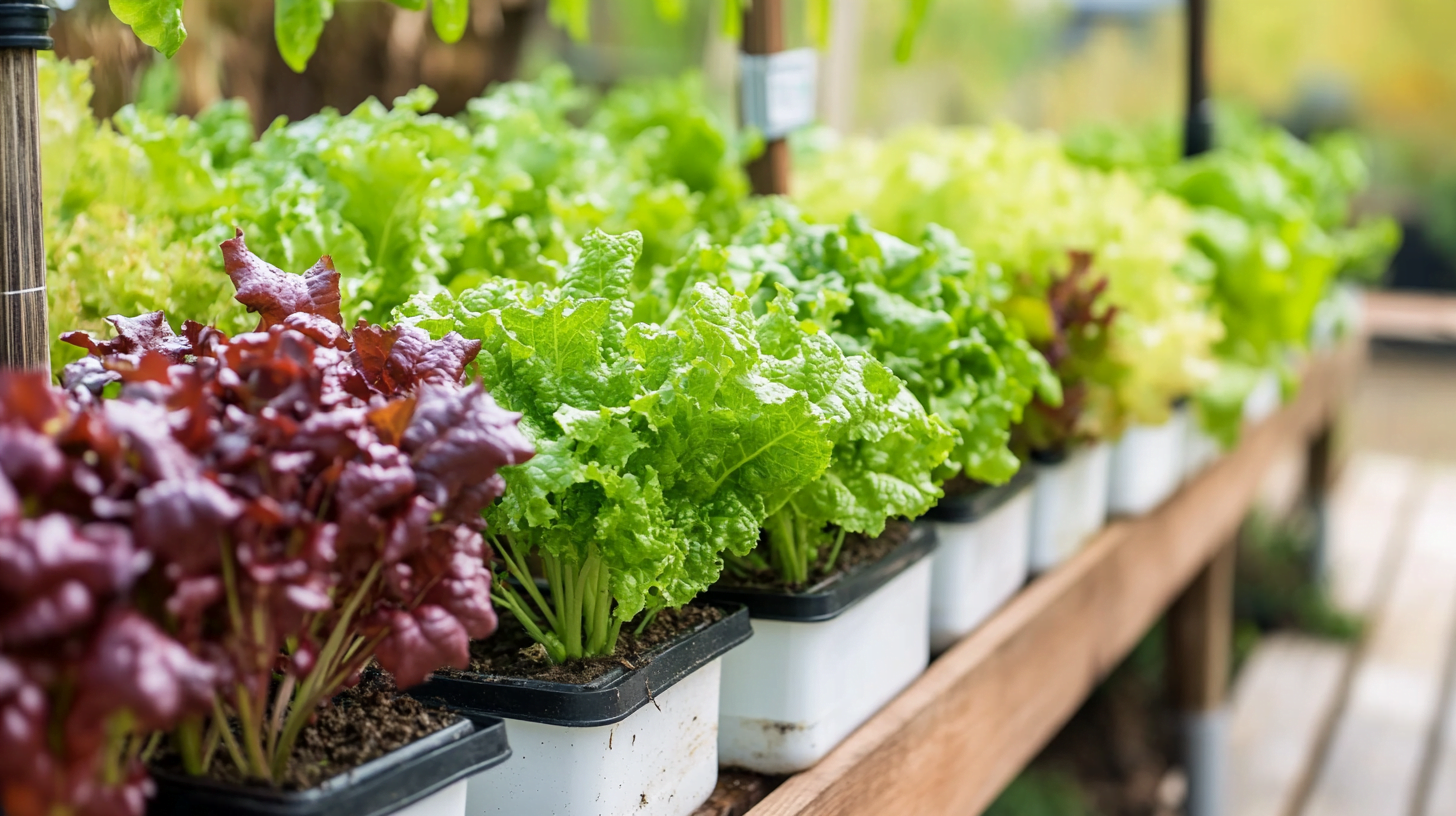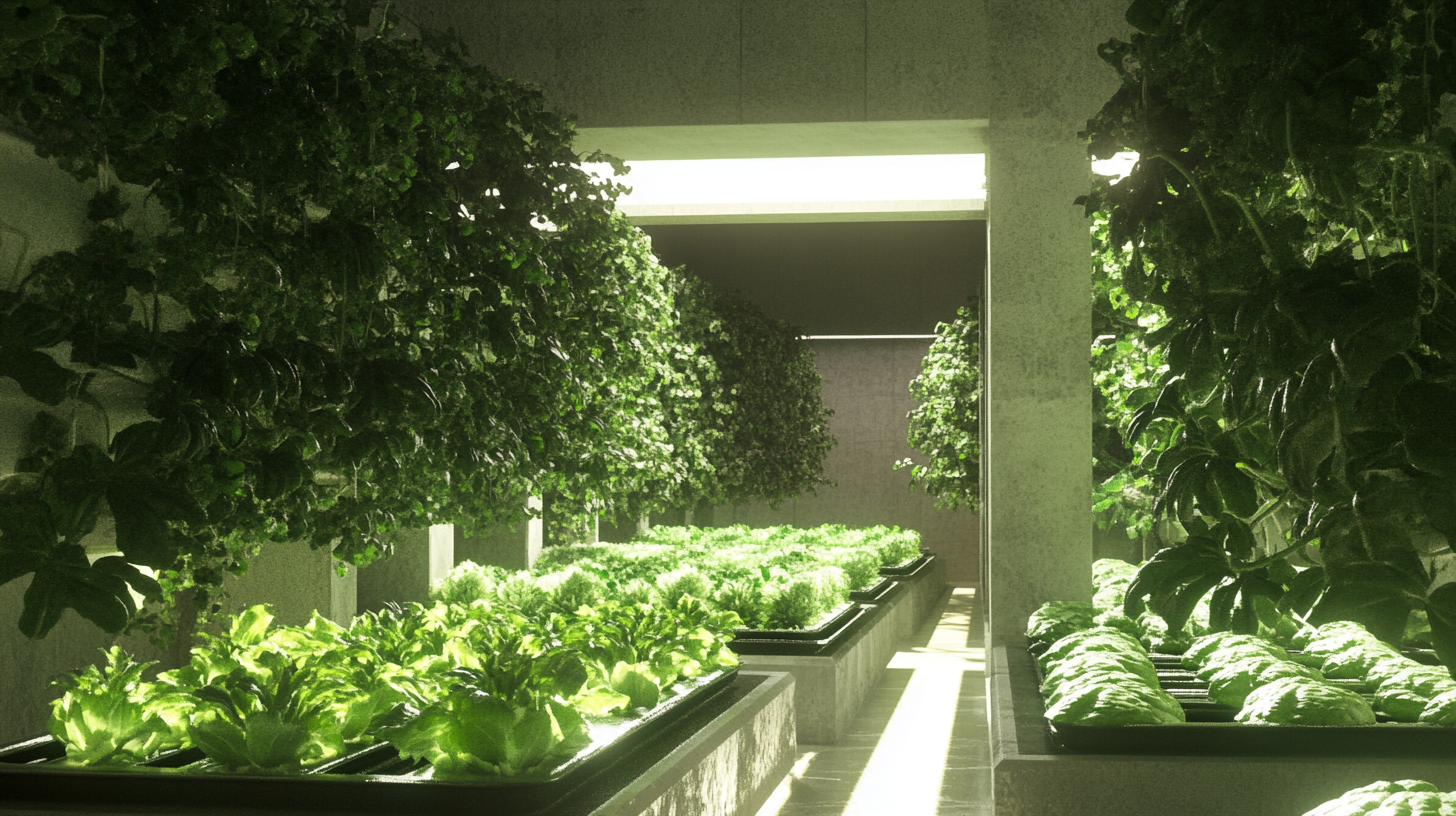Hydroponic gardening has become an increasingly popular method of growing plants and produce without soil. This innovative soilless growing technique utilizes water and nutrient solutions to cultivate everything from herbs and vegetables to fruits and flowers. As concerns around environmental sustainability and food security continue to rise, hydroponic gardening offers an eco-friendly approach to fresh, local food production even in urban spaces.
What is Hydroponic Gardening?
Hydroponics refers to the process of growing plants without soil by using a mineral nutrient solution in water. This agricultural technology allows manipulation of nutrients, lighting, water, and environmental conditions to achieve faster growth rates and higher yields. Plants in hydroponic systems have their roots suspended in nutrient-rich solution or grow in inert mediums like perlite, gravel, or coco coir while being exposed to LED lighting that mimics natural sunlight.
Unlike traditional gardening in soil, hydroponics does not require extensive land, making indoor gardening and urban farming possible. The ability to grow food anywhere means produce can be cultivated in food deserts and small spaces via container gardening or vertical farming. Hydroponics conserves resources, using 90% less water than soil-based agriculture while maximizing crop yields.
| Hydroponic System | Complexity | Average Setup Cost | Maintenance Level | Common Plants |
|---|---|---|---|---|
| Wick System | Low | $50 – $100 | Low | Herbs, Lettuces |
| Deep Water Culture | Medium | $100 – $200 | Medium | Leafy Greens, Peppers |
| Ebb and Flow | Medium | $250 – $400 | Medium-High | Tomatoes, Strawberries |
| Nutrient Film | High | $300 – $500 | High | Various Greens, Herbs |
| Technique (NFT) | ||||
| Drip System | High | $200 – $450 | Medium-High | Various Vegetables |
| Aeroponics | Very High | $400 – $1000+ | High | Herbs, Microgreens |
Major Benefits of Hydroponic Gardening
- Water conservation – Uses up to 90% less water since no water is lost to runoff or evaporation.
- Faster growth – Plants grow up to 50% faster due to direct access to nutrients.
- Higher yields – More plants can be grown per square foot, increasing productivity.
- Year-round growth – Plants can be grown continuously regardless of season.
- Space efficiency – Plants can be grown vertically and in small areas.
- Controlled conditions – Nutrient levels, lighting, humidity, and other factors can be optimized.
- Lower disease risk – Avoidance of soil reduces threat of soil-borne diseases.
- Environmental sustainability – Less reliance on chemical fertilizers and pesticides.
How Do Hydroponic Systems Work?
There are several common types of hydroponic systems.
Wick System
This is one of the simplest designs, ideal for beginners. Plants are placed in a container filled with an absorbent growing medium like perlite. Styrofoam floats with cutouts for plants rest above a reservoir of nutrient solution. Capillary action along the wick draws water and nutrients into the growing medium.
Pros: Inexpensive, low maintenance, simple setup
Cons: Limited size and plant growth
Deep Water Culture
Plants are supported above a reservoir of oxygenated nutrient solution. Air pumps continuously aerate the water to provide oxygen to the roots. Bubble stones release air and create movement in the water.
Pros: Maximizes growth rates and yields
Cons: Higher startup costs, increased maintenance
Ebb and Flow (Flood and Drain) System
Plants sit in rockwool growing medium in pots on a flood table. A submersible pump periodically floods the table with nutrient solution which then drains back into the reservoir once flooded.
Pros: Even distribution of nutrients, less labor than top-watering
Cons: Timer required, moving parts involve maintenance
There are several other systems like Nutrient Film Technique (NFT), drip systems, and aeroponics for advanced hydroponic gardeners. Different setups are suited for specific space constraints, plant types, budgets, and gardening experience levels.
Growing Plants Hydroponically
Many plants can thrive hydroponically. Recommended beginner-friendly options include:
- Herbs – basil, mint, parsley, cilantro
- Vegetables – kale, spinach, lettuces, tomatoes, peppers, cucumbers
- Microgreens and shoots – arugula, radish, broccoli
- Dwarf or mini fruiting varieties – strawberries, dwarf citrus trees
Both seeds and seedlings can be started in hydroponic systems, but transplants allow faster harvest times. Key aspects of plant care include:
- Maintaining optimal nutrient solution levels of essential elements like nitrogen, phosphorus, potassium, calcium, magnesium, sulfur, iron, and manganese.
- Monitoring electrical conductivity (EC) and pH of the nutrient solution.
- Providing 16-18 hours per day of full spectrum LED grow lights.
- Avoiding root zone temperatures exceeding 70°F which can inhibit growth.
- Pruning and training plants, especially vining crops like tomatoes and cucumbers.
Potential Drawbacks of Hydroponics
While hydroponics offers many benefits, potential downsides include:
- Higher startup costs – Systems, equipment, and supplies can be expensive initially.
- Increased maintenance – Monitoring nutrient levels and operation of pumps and lights is critical.
- Learning curve – Getting optimal results involves an education and trial period.
- Selection limitations – Some crops like root vegetables are challenging to grow hydroponically.
- Equipment failure – Technical issues with pumps, lights, timers, or other components can disrupt the system.
- Environmental impact – Production of plastics and energy use should be considered, though hydroponics is much more eco-friendly than traditional farming.
Getting Started with Hydroponics
Those interested in delving into hydroponic gardening should research what type of system best fits their space, budget, time, and comfort with technology. Beginner-friendly options like simple wick or deep water culture kits are readily available. Many premade hydroponic systems include all necessary equipment and guides for a seamless setup.
For the DIY-inclined, custom systems can be created using containers, growing medium, nutrient mixes, air pumps, tubing, and LED grow lights tailored exactly as desired. Consultation with agricultural specialists is recommended to ensure proper system sizing, configuration, and plant compatibility.
Regardless of system choice, starting small, documenting observations, and making incremental changes is advisable when first venturing into hydroponic farming. Patience and persistence will lead to mastery of this innovative technique for sustainable farming that facilitates local, fresh food production anywhere.
Conclusion
As an indoor agriculture method, hydroponics offers efficient, high-yielding plant cultivation by optimizing access to water and nutrients. Continued innovation around hydroponic farming will expand food security and enable integration of food production into urban environments. Hydroponics allows conversion of empty warehouses and vertical spaces into vibrant sources of fresh, nutritious produce. Further adoption of this water-based cultivation technology will support environmental sustainability through reduced resource demands and minimized reliance on chemical inputs associated with conventional agriculture. With creativity and care in execution, hydroponics can help create greener, more livable cities.



